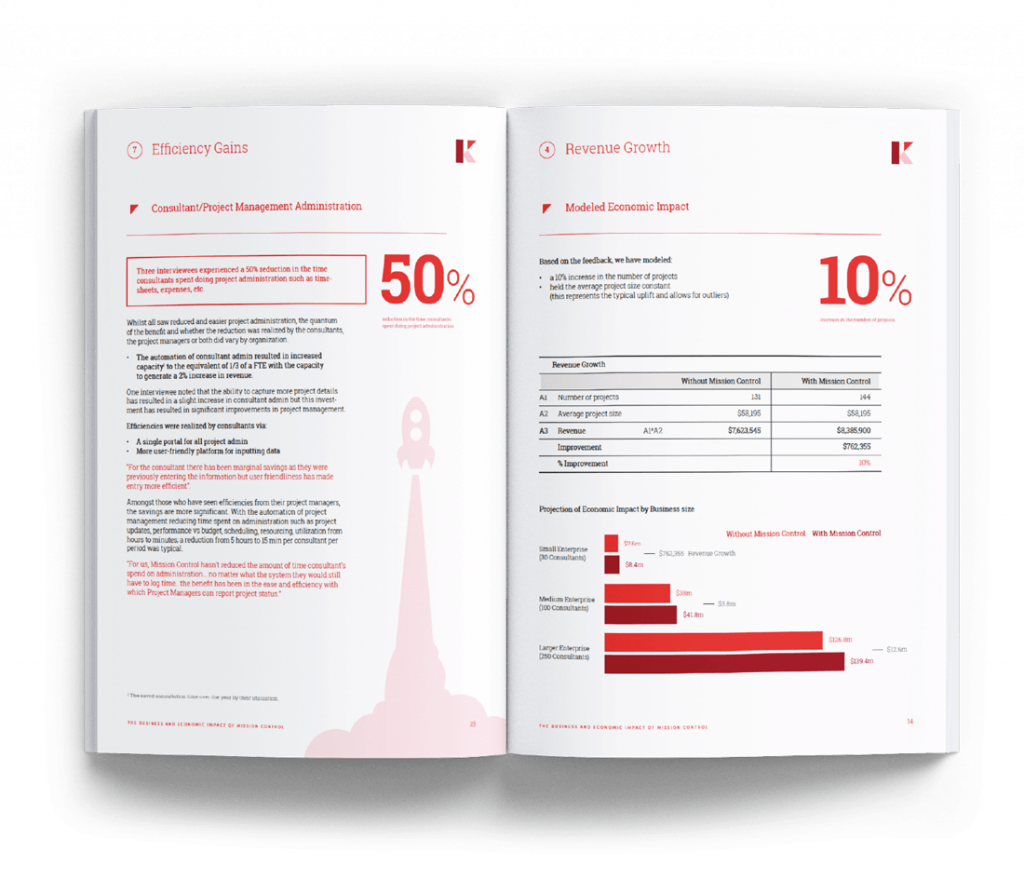Introducing and onboarding Professional Services Automation software into an organization can feel overwhelming at the beginning. Here are some tips to help you along the journey and make the process as smooth as possible.
Identify your needs
First things first, identify what your company actually needs from a professional services automation tool. Every organization is different. What you may consider an essential may not be so important to a different business and vice versa.
Make a list of the requirements. You may also like to divide the list into must-haves and nice-to-haves. This will help you get clear on what is absolutely crucial for better project management in your organization.
You may also find it useful to interview team members to fill possible gaps in your own knowledge. These interviews may help to shed light on issues and problems you may not have otherwise considered.
These interviews will also help you prepare for later stages when you convince management and eventually, the rest of the company about why a PSA tool is a must-have for the organization.
Pinpoint positive changes
If you want to really introduce change and encourage the adoption of smooth onboarding of Professional Services Automation software, you need to have a positive argument ready.
Most teams are hesitant to give up their old ways. You’re likely to come up against resistance when encouraging them to learn a new tool and incorporate it into their existing overflows.
Do your research on PSA and then consider how its features and tools will have a positive impact on your organization.
Clear and candid communication about the positive changes the software will bring to the organization will help employees understand why a new tool is necessary and also why they must adapt.
It can be as simple as departmental heads demonstrating how specific changes will impact or benefit the smaller scale, specialized parts of the organization.
Encourage two-way communication as well. The resulting dialogue can inform the progress of the PSA software’s implementation and help resolve any challenges as they crop up.
Discuss findings with the team
Armed with these positive findings, get ready to start sharing and discussing with your team.
Share what you have learned about about onboarding professional services automation tools so far. Explain the advantages and benefits of implementing such a tool. Also, share which types of organizations are most likely to benefit from the software and why. Share case studies if possible.
Assuming your organization is one that will benefit from PSA, this information will likely be eye-opening for others too. Don’t forget to also add how different groups within the organization will benefit from the implementation of a PSA solution.
For example, your IT team may find it useful for planning and executing new product rollouts. Or, your marketing team may use it to improve collaborations with the creative and IT teams and roll out projects faster.
At this stage of the process, you may learn even more about what others in the organization would like to see in PSA. This information can be useful again before you move on to pitching it to management.
Secure management buy-in
Next it’s time to present your pitch to management and convince them why PSA is necessary.
Present the positive change points discussed above, along with your findings from employee interviews to back up your point. Explain to management how implementing PSA will actually lead to an increase in productivity and also in profitability.
Don’t just “sell” software tools but be sure to connect them to how these features will help your organization achieve business goals. Most importantly, don’t forget to highlight how implementing a PSA solution can help provide better visibility over projects, ensuring nothing goes amiss in the future. Be prepared to explain the impact PSA implementation will have on project management for your organization.
Additionally, you should also prepare a return-on-investment analysis that highlights why the cost investment in a PSA tool is worth it for the company. Explain how PSAs can improve cash flow, reduce admin costs and ultimately result in greater profitability.
Provide quality training
Needless to say, if you want your PSA software implementation to be a success you must invest in good training right from the beginning. Be prepared to commit time, space and money for adequate training.
Your PSA solutions vendor will provide support and advice on implementation. Following this, it’s your responsibility to create and implement a training timeline to ensure all employees are up-to-speed and fully aware of how the software works.
The PSA software vendor may provide training or they may recommend other resources for employee training. Make use of these resources to create a robust training program that helps team members feel comfortable and confident with the new tool.
Additionally, make sure you provide employees with a clear timeline about the implementation and adoption of the tool company-wide. Give them the time and space to transition to the new tool and bring up any issues in an open, honest environment. Be patient and keep the dialogue open so you can address issues and feedback.
Remember that without adequate training, your staff is more likely to be scared of the new tool and be hesitant to use it. Good training will lead to confidence in the tool, which will make them more excited about putting it to work.
Be realistic
However, don’t forget that even with the best quality training, there are still likely to be a few hiccups along the way. You may come across issues that you haven’t anticipated. This is perfectly normal!
Change can feel challenging. New tech can feel scary to some employees, sometimes leading to a negative reception of your new PSA software. Don’t be disheartened!
Mission Control helps you navigate this change and provides support to ensure your PSA implementation goes smoothly and is adopted across the organization without a hiccup.





